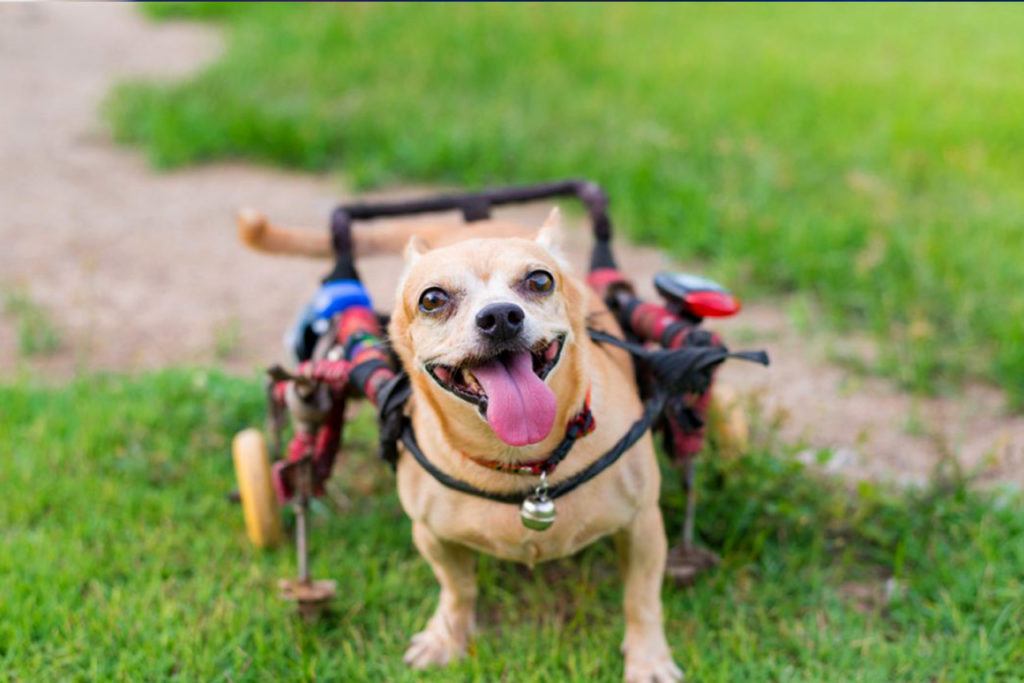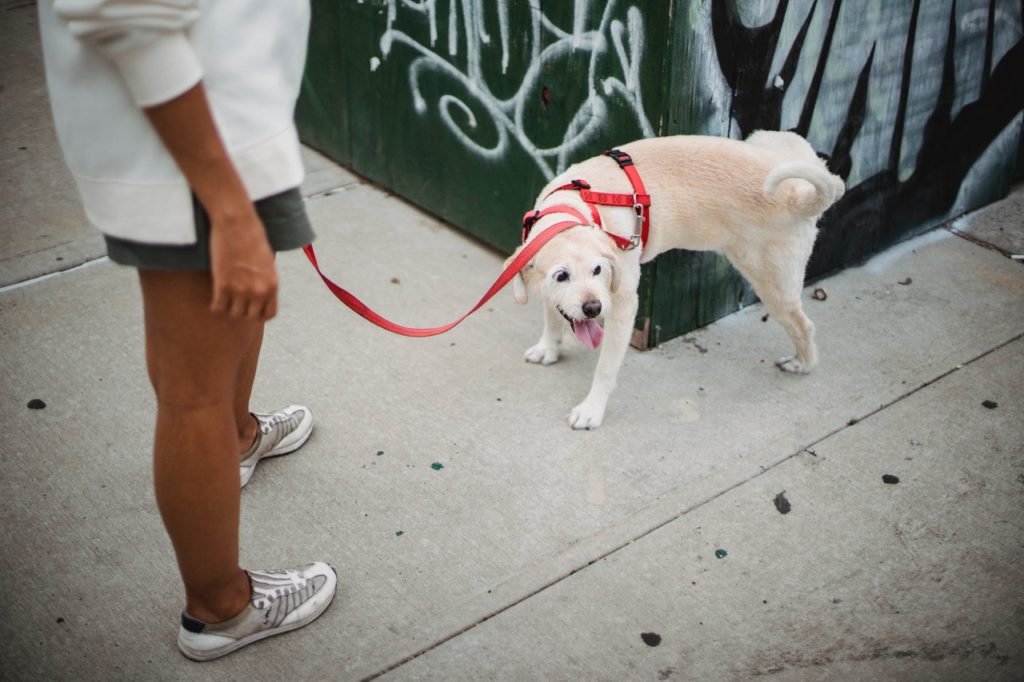The Dilemma of Dachshunds: Are They Truly the Most Challenging Breed?
Dachshunds, with their characteristic physique and temperament, often spark debates about whether they are the most demanding breed, attracting both admirers and critics.
One prominent characteristic of Dachshunds is their stubbornness. They are known to resist obedience training and often choose their course of action when following commands. Additionally, their tendency to bark incessantly can irritate some people.
It is important to remember that each dog has its unique personality, and while some may find Dachshunds challenging, others may consider them loving and loyal companions.
Contents
The Unique Physical Characteristics of Dachshunds
Dachshunds, affectionately referred to as “wiener dogs,” originate from Germany and are known for their distinctive physical characteristics.
1. Body Build
Dachshunds have elongated and slender bodies with short legs, making them ideal for hunting smaller prey. Their chest appears narrow, and their ribcage elongated, bestowing them a streamlined frame ideal for navigating confined spaces.
2. Head and Ears
The Dachshund boasts an elongated head featuring a lengthy and narrow snout. They sport large, expressive eyes that lend them an air of intelligence and curiosity. Their ears, adorned with a drooping, low-hanging demeanor, frame their visage to enhance their inherent charm.
3. Coat
Dachshunds have a smooth, short coat that demands minimal upkeep. They also come in long-haired and wire-haired variations. Long-haired Dachshunds possess silky, cascading tresses, while their wire-haired counterparts exhibit a dense, coarse coat, offering a textural departure.
4. Colors
Dachshunds display various colors and patterns, encompassing shades like black, chocolate, cream, and red, and the distinct dapple design lends them a marbled or speckled appearance.
5. Dimensions
Dachshunds qualify as a petite breed, measuring between 5 and 9 inches in height at the shoulder. They typically tip the scales at a weight ranging from 11 to 32 pounds, with miniature variants weighing less than 11 pounds.
6. Tail
The Dachshund’s tail assumes a relatively brief form and often holds aloft, distinguishing them from their canine counterparts and adding an extra layer of allure.
Why Dachshunds are the Worst Breed?
Dachshunds, sometimes affectionately dubbed “Wiener dogs” or “sausage dogs,” hail from Germany and were meticulously bred for badger hunting. This lineage bequeathed them their singularly elongated, low-slung physiques and an unyielding proclivity for excavation.
1. Physical Predispositions
Thanks to their protracted torsos and stubby limbs, Dachshunds confront specific health concerns. Their distinctive anatomical configuration elevates their susceptibility to conditions such as intervertebral disc disease. Additionally, they might contend with an increased risk of obesity and related health ailments.
2. Disposition
While Dachshunds exhibit devotion and affection toward their human guardians, they simultaneously bear the badge of stubborn independence. They possess a robust instinct for pursuing prey and require vigilant supervision around other pets. When left in solitude for extended intervals, they may succumb to separation anxiety, potentially manifesting destructive behavior.
3. Health Challenges
In a fashion akin to all canine breeds, Dachshunds can grapple with unique health concerns. Foremost among these is intervertebral disc disease (IVDD), a disorder characterized by degeneration of the spinal discs, which can culminate in paralysis. The specter of obesity also looms large, as it can strain their backs and exacerbate IVDD risk.
4. Requisite Training and Exercise

Endowed with intelligence, Dachshunds can pose training challenges due to their headstrong demeanor. Consistency and positive reinforcement remain paramount, while excessive pressure could instigate resistance. Although they do not demand rigorous exercise regimens, they derive enjoyment from brief strolls and playtime sessions.
Why Dachshunds are Not Suitable for Everyone
Dachshunds are adorable breeds that have captured the hearts of many dog lovers, but they may not be a suitable choice for everyone. Here are some reasons why:
1. Habitat and Housing Requirements
Despite their diminutive size, Dachshunds exude larger-than-life personalities. They require a spacious and secure living environment, potentially challenging some individuals. Apartment living and compact quarters may prove unsuitable since Dachshunds necessitate ample room for mobility and play. Moreover, their penchant for digging can damage floors and carpets, necessitating a securely fenced yard to curb escapades and prevent mishaps.
2. Time and Attention Demands
Dachshunds thrive on human companionship and thrive in the company of their caregivers. They thrive on attention and are susceptible to loneliness when left to their devices for protracted periods. Furthermore, their need for regular exercise mandates daily walks and play sessions. They possess an innate hunting drive and warrant cautious handling during off-leash jaunts to preclude impulsive chases or straying.
3. Financial Obligations
Owning a Dachshund can entail substantial financial outlays, spanning expenditures on sustenance, playthings, veterinary care, and grooming. Their predisposition to particular health issues, including back ailments and obesity, can compound expenses. Routine vaccinations, check-ups, and flea and tick treatments necessitate financial provision.
4. Energy Levels and Activity Requisites
Dachshunds teem with energy, mandating consistent exercise for their well-being and contentment. They revel in frolics and relish physical pursuits like walks and fetching games. Owners should earmark at least 30 minutes daily for their Dachshunds’ physical activity through walks, fetch sessions, or other forms of vigorous play.
5. Activity Demands
Dachshunds stand as lively canines, craving intellectual engagement to ward off boredom. They savor toy interaction, puzzle-solving, and the acquisition of new tricks. Owners should supply an assortment of toys and intellectual stimulants to ensure their continual merriment and fitness.
In Conclusion
The dialogue surrounding “Why Dachshunds Are the Worst Breed?” merits acknowledgment that every dog breed has exclusive attributes and quirks that might not suit all individuals’ inclinations or routines.
Dachshunds can become remarkable companions for those predisposed to provide the requisite care, attention, and training. Nevertheless, their distinctive traits and requisites may not seamlessly align with the lifestyles of all potential owners. In the quest for a pet, it remains indispensable to assess one’s lifestyle and preferences meticulously.







